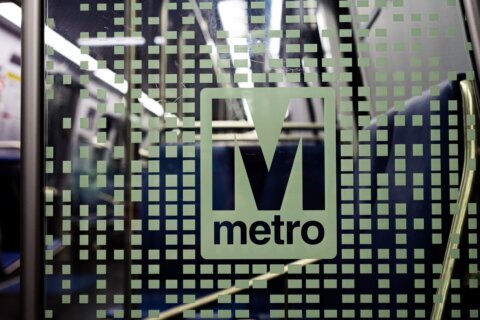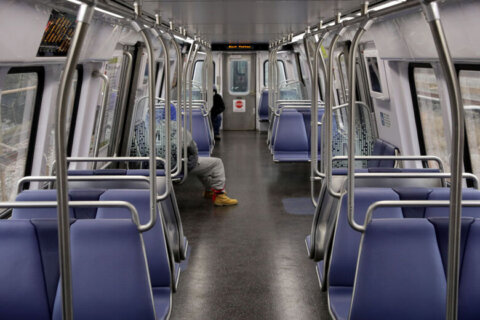WASHINGTON — Even as round-the-clock work zones rotate across the Metro system to improve basic track conditions, improving basic maintenance of railcars could do much more to improve everyday commutes, an outside consultant told the Metro Board Finance Committee this week.
“The transformation, though, is going to what we call predictive or reliability risk-based maintenance, if you could successfully introduce that, the reliability effects would trump all the other stuff we’re talking about long-term,” McKinsey & Company Partner Tyler Duvall said.
Metro is regularly short on the number of railcars needed for full, weekday service, and has had serious issues obtaining parts or keeping them in stock. There are separate, but at times related, issues with railcar maintenance shops not fixing as many cars as quickly as Metro believes they should.
“Our view is within 18 months we could be best in class on productivity for railcar maintenance. We think that’s actually quite feasible,” Duvall said, if Metro truly changes how things are done.
Metro is working on a pilot program to speed up railcar work in a maintenance shop in Alexandria.
Railcar issues with brakes, doors or other systems are the leading cause of Metro train offloads and delays.
“Part of it is getting them into service, and it’s also while they’re in service. I get my rail alerts, almost every single day we have a train malfunction; that has to change,” Metro Board Member Malcolm Augustine said.
Internal data shows Metro riders give the rail system just a 56 percent rating for reliability.
“If we want the riders to come back, they’ve got to feel like this is a reliable system. If we move that number up, I believe, we will be able to deal with more of the fundamentals of the problem that we have,” Augustine said.
The agency is also facing serious budget questions as ridership has fallen, a drop attributed at least in part to riders’ reliability concerns.
Fairfax County Supervisor and Metro Board Member Cathy Hudgins believes Metro must move quickly to get cars into shape, or risk missing the best opportunity to draw riders back to the system.
“Once SafeTrack is over, I think that will be about the amount of time that we’ll have in order to gain that credibility back,” she said.
The announced round-the-clock single-tracking and shutdowns run through March 2017.
Metro is retiring more of its oldest 1000 Series cars as new 7000 Series cars are put into service, but it is cars of a more recent vintage that have more consistent problems. Metro’s 4000 and 5000 series cars, delivered in the 1990s and early 2000s, go the shortest distance between delays of any of the first six types of cars. Metro data shows 7000 Series cars also have a low average distance between delays for now, but Metro experts have said that is dragged down by new cars being broken in and tested.
The 4000 Series and 5000 Series cars will be taken out of service entirely in a few years, after all of the system’s original 1000 series cars are phased out.







